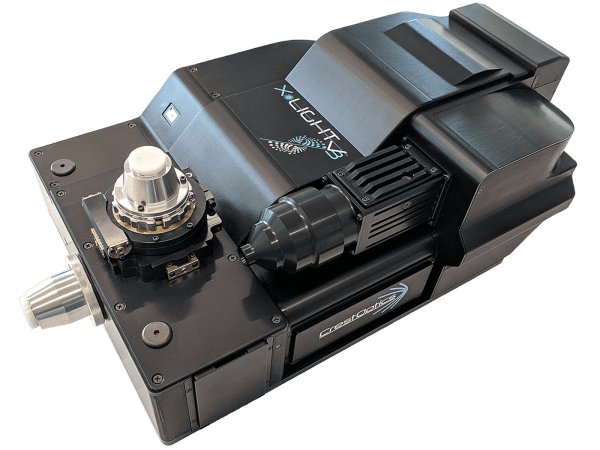X-Light V3
Next‐generation confocal imager from Crest Optics
The X-Light V3 is a unique system for spinning disk confocal imaging. It relies on the cutting-edge technology, advanced optical design approach and engineering solutions developed by Crest Optics to meet the very high-end specifications required by the most modern fluorescence microscopy applications.
- The spinning disk design together with the careful design of the optical layout enhances sensitivity and image clarity.
- The first confocal unit which allows dual camera imaging at the full field of view of 25mm on both cameras.
The X-Light V3 Confocal Imager
The X-Light V3 Confocal Imager is a full-spectrum spinning disk confocal imager
that attaches to most major models of inverted or upright fluorescence
microscope. It is designed to utilize the latest imaging technologies and is
ideal for live cell imaging in biological applications.
The X-Light V3 Confocal Imager allows imaging at the extremes of
performance of a current‐generation scientific camera, and it provides for
objectives used when imaging with a camera with a smaller detector. It takes
advantage of laser launches and LED light
sources.
The result is a flexible confocal add‐on for existing microscopes that
brings the latest commercialized technologies to microscopy. The X-Light V3
Confocal Imager is an extraordinary combination of capability and price.
Features
Spectral Range
400–750nm, in confocal or widefield modes
Automation
Enables fully-automated experiments
Bypass Mode
Software-controlled switch between confocal and widefield modes
Fastest Spinning Disk Available
15,000 RPM rotation speed, up to kHz range
Choice of Disk
Two versions differing in spacing of 50µm pinholes
Choice of Disk
Unique continuous spiral disk allows faster high-speed applications
Choice of Disk
Custom pinhole size and geometry available on request
Exchangeable, Sealed, Synchronized Disk Box
The disk is sealed in a box that can be swapped out in the field. Sealing provides protection against dust. Synchronization signals for the camera come through the box. The result: flexible application, reliable operation, and faster operation.
Lateral Resolution (FWHM)
~230 nm (High NA 1.4) diffraction limited
Axial Resolution (FWHM)
~600 nm (High NA 1.4)
High Confocal Quality
New layout of optics enhances sensitivity and signal‐to‐noise ratio in dim and bright conditions
Ultra-large field of view
Maximum of 25 mm
Dual-camera view
Simultaneous dual-camera view, up to 25 mm for each camera. The X-Light V3 is the first confocal imager to offer this.
Software-controlled filter cubes
Three positions, for Simultaneous dual-color imaging
Uniform Illumination
Microlenses provide high uniformity across the full field of view
Illumination Field of View
Options to match different camera sizes and enhance efficiency
Illumination Shaping
Motorized aperture cuts illumination in the region surrounding the region of interest, preserving the specimen
Software‐controlled automated filter wheels
Four‐position cleanup filter wheel, three‐position dichroic filter wheel, eight‐position emission filter wheel
X-Light Pinhole Disks
The 50μm disk is available in two different versions: standard spacing and larger spacing.
Standard spacing is an excellent compromise between brightness, confocality and image quality. Larger spacing is designed for even greater enhancement of image quality and sectioning in thicker specimens thanks to the large reduction of crosstalk between pinholes.



Illumination
The use of microlenses in the X-Light V3 makes the illumination field highly homogeneous on large fields of view.
A unique plug-and-play design solution allows you to choose and change the illumination size to match the most common camera formats. If needed it is possible to direct the illumination onto smaller areas.
Smaller areas mean higher power density, higher efficiency and higher speed. The following images show illumination of greatest area, Intermediate-sized area, and smallest area.



Dual‐camera Innovations
The X‐Light V3 is the first confocal imager to allow dual‐camera imaging at the maximum field of view of 25 mm on both cameras.
Provision for external adjustments allows easy alignment of the second camera with the first one.
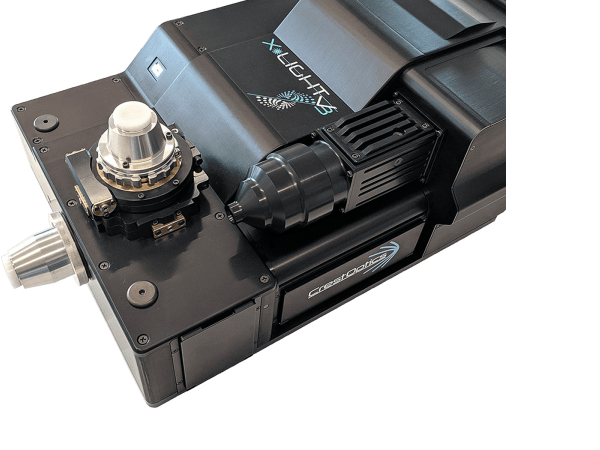
Sealed Disk Box
This unique new feature fully isolates the X‐Light V3 disk, protecting the disk from environmental dust and preventing undesired artifacts related to the presence of small dust particles on the disk surface.
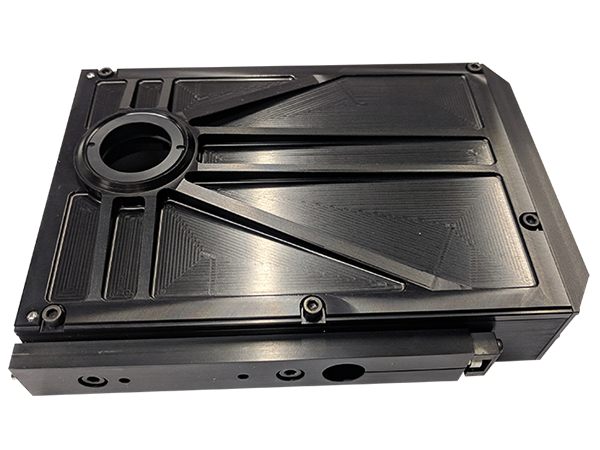
Disk Synchronization
To manage very high-speed imaging at hundreds of frames per second, the X‐Light V3 provides as a standard feature a signal allowing synchronization of the camera to the spinning disk.
This aids in the quantitative analysis of very fast dynamics.
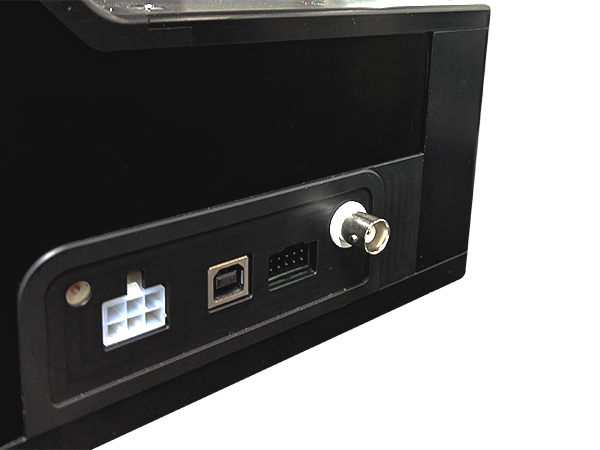
Illumination Shaping
A software‐controlled square iris in front of the spinning disk, with variable aperture, can be used to screen light and preserve the surrounding area of the sample out of the region of interest.
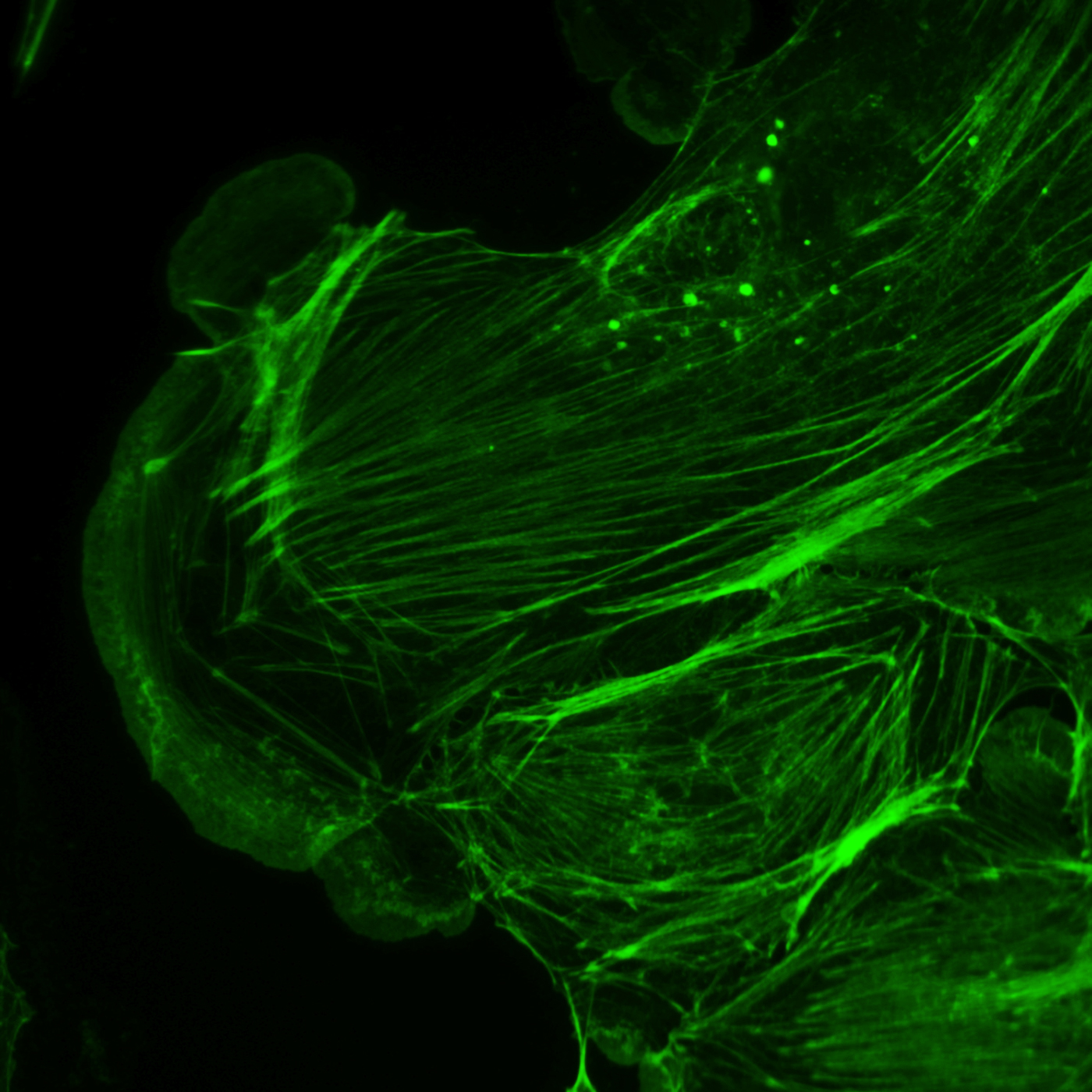
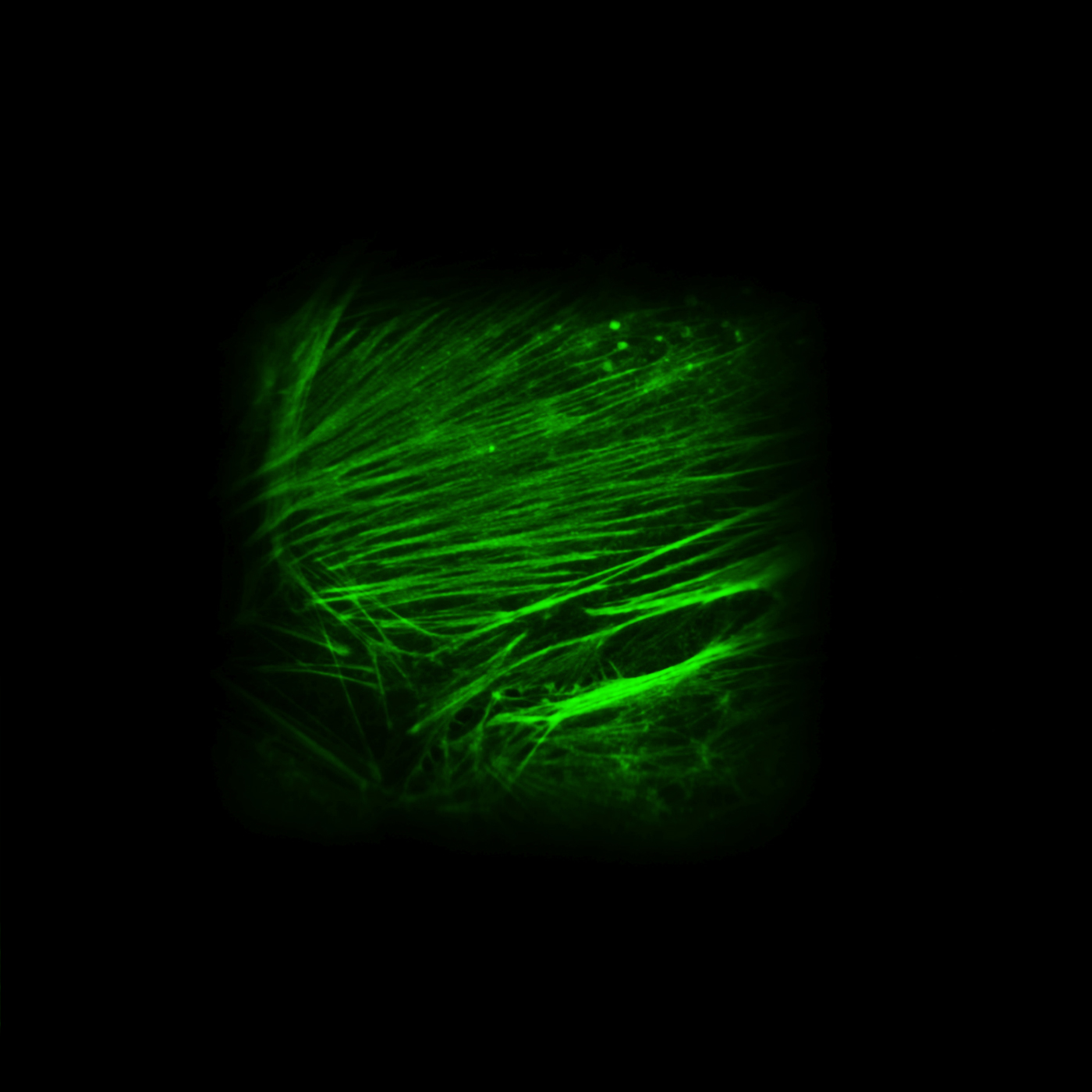
Technical Specifications for X-Light V3
| Feature | Detail |
| Imaging Modes | Widefield, with fast motorized disk‐in, disk‐out |
| Confocal | |
| Compatible Microscopes | Full range of upright and inverted microscopes |
| Field of View | Up to 25mm diameter |
| Laser | Multi‐mode laser with SMA coupling |
| Spectral Range–Excitation | 400–750nm |
| Spectral Range–Emission | 400–850nm |
| Camera | Compatible with CCD, EMCCD, and scientific CMOS cameras |
| Camera Ports | 2 |
| Modes of Output | To Camera 1 |
| To Camera 2 | |
| Simultaneous to both cameras | |
| Disk Speed | 15,000 RPM; Greater than 1,000 frames per second |
| Spinning Disk Geometry (Diameter/Spacing) | 50/250 slit spirals for high‐throughput applications |
| 50/250 μm pinholes for routine imaging | |
| 50/400 μm with wider spacing for deep imaging | |
| Filter Wheels | 4‐position cleanup filter wheel, motorized |
| 3‐position dichroic filter wheel, motorized | |
| 8‐position emission filter wheel, motorized | |
| 3‐position camera port slider, motorized | |
| Software | VisiView |
| Micro-Manager | |
| iVision‐Mac | |
| MetaMorph | |
| Recommended Installation Conditions | Temperature: 23 ± 5˚C |
| Relative Humidity: 70% or less (no condensation) | |
| Weight | 57 lbs (26.0 kg) |
| Dimensions (W×L×H) | 14×23.9×8.9 in (357.0×606.0×225.0 mm) |
Video
Paramecium — 3‐D Volume Reconstruction
